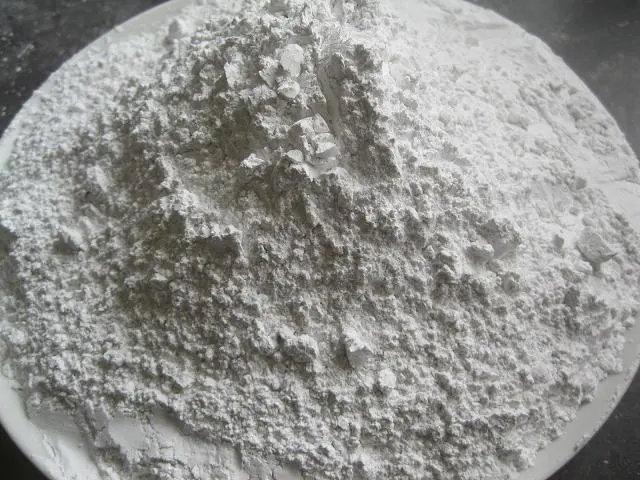
Iron Powder CAS Information and Applications in Various Industries
Understanding Iron Powder and Its Applications
Iron powder, identified by the CAS (Chemical Abstracts Service) number 7439-89-6, is a versatile and widely used material in various industries due to its unique properties and applications. This metal powder is produced through several methods, including atomization, reduction of iron oxide, and milling of iron chunks. The resulting powder exhibits a range of particle sizes and shapes, which can significantly influence its behavior and utility in different processes.
Understanding Iron Powder and Its Applications
In addition to its role in powder metallurgy, iron powder serves as a critical ingredient in the production of magnetic materials. The soft magnetic properties of iron powder make it suitable for use in transformer cores, inductors, and magnetic shields. These applications benefit from the powder's low energy losses and ability to form complex geometries.
iron powder cas

Another significant area of application for iron powder is in the field of additive manufacturing (3D printing). As the industry evolves, iron powder is increasingly used in selective laser melting (SLM) and binder jetting processes. These techniques allow for the creation of intricate parts that would be challenging to produce through traditional methods. The use of iron powder in these technologies enables engineers to explore innovative designs while maintaining material integrity.
Iron powder also finds considerable use in the chemical sector, particularly in the synthesis of iron-based catalysts. These catalysts play a vital role in facilitating various chemical reactions, including the Haber-Bosch process for ammonia production. The availability and affordability of iron powder make it a preferred choice for manufacturers looking to optimize their processes.
Moreover, the environmental implications of iron powder are noteworthy. Iron powder can be utilized for remediation purposes, such as removing heavy metals from contaminated water sources. Its high reactivity allows it to bond with pollutants, thereby reducing their toxicity. This application highlights the importance of iron powder in addressing environmental challenges and promoting sustainable practices.
In summary, iron powder is an essential material with a diverse range of applications across multiple industries. From powder metallurgy and 3D printing to catalysis and environmental remediation, its versatility is unmatched. As technology continues to advance, the demand and innovative uses for iron powder are likely to grow, solidifying its role as a fundamental component in modern manufacturing and environmental solutions.
Share
-
Premium Pigment Supplier Custom Solutions & Bulk OrdersNewsMay.30,2025
-
Top China Slag Fly Ash Manufacturer OEM Factory SolutionsNewsMay.30,2025
-
Natural Lava Rock & Pumice for Landscaping Durable Volcanic SolutionsNewsMay.30,2025
-
Custom Micro Silica Fume Powder Manufacturers High-Purity SolutionsNewsMay.29,2025
-
Custom Mica Powder Pigment Manufacturers Vibrant Colors & Bulk OrdersNewsMay.29,2025
-
Custom Micro Silica Fume Powder Manufacturers Premium QualityNewsMay.29,2025






